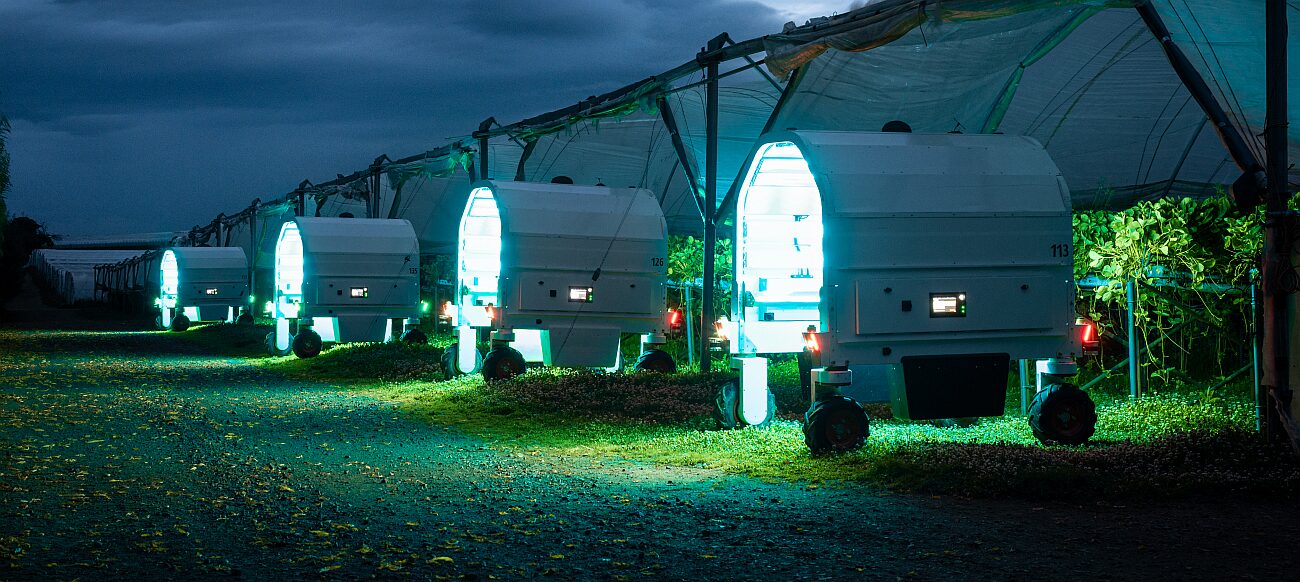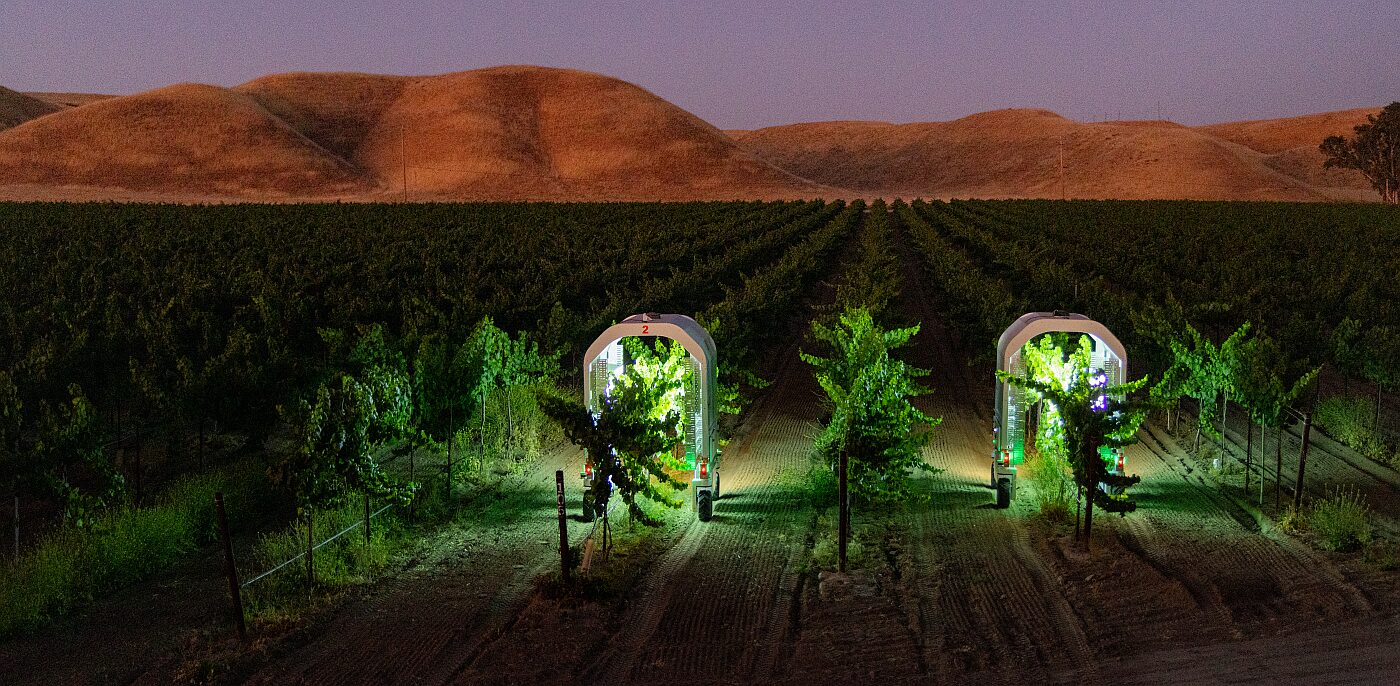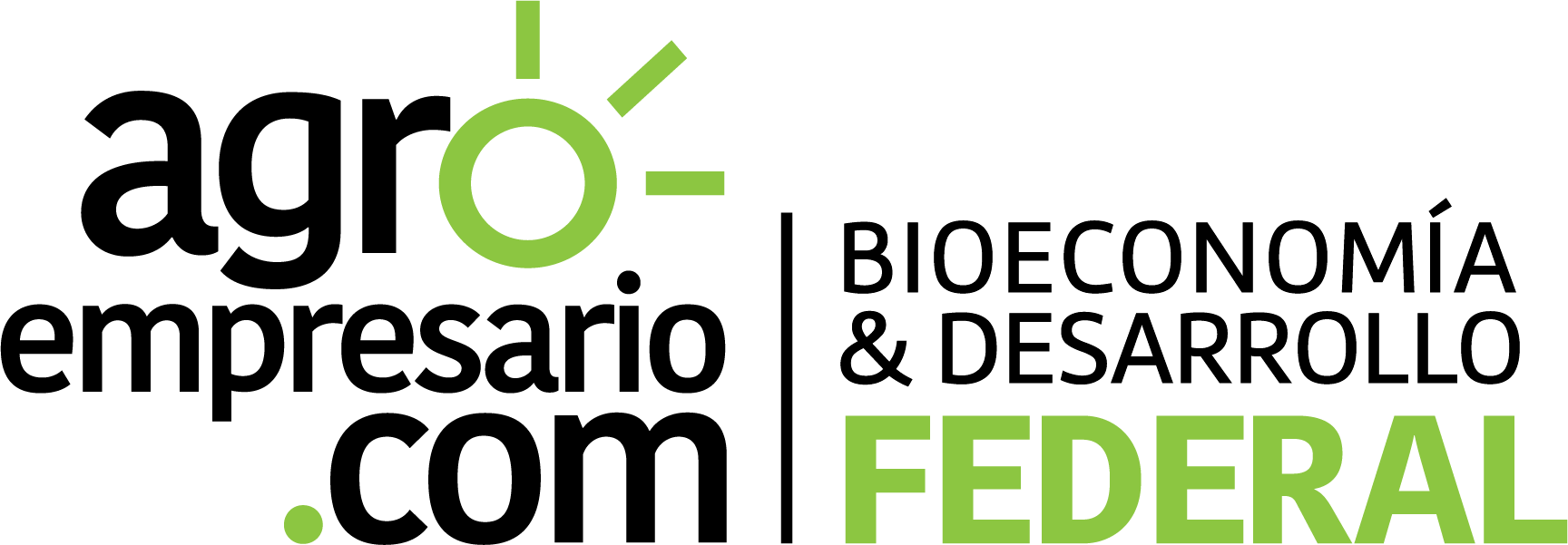
By Agroempresario.com
In the race to modernize agriculture and tackle persistent crop diseases without heavy reliance on chemicals, Saga Robotics has taken a decisive leap forward. The Norwegian-based agtech innovator has raised $11.2 million to expand its fleet of Thorvald autonomous robots equipped with UV-C light technology. These machines are already proving to be a game-changer for strawberry growers in the UK and vineyards in California, where powdery mildew has been an escalating concern.
Founded in 2016 by Dr. Pål Johan From and Dr. Lars Grimstad, Saga Robotics has built its reputation on precision farming innovation. The company now services 13 leading strawberry growers in the UK and over 1,300 acres of vineyards in California. With this new funding round—backed by Praesidium Agri-FoodTech, Aker Capital, Nysnø Climate Investments, Blystad, Hatteland, Melesio, Sanden, and MP Pensjon—Saga is setting its sights on tripling its US vineyard operations and increasing its UK tabletop strawberry market share from 20% to 30% in 2025.
“We’ve proven Thorvald works; now we’re scaling it,” said From, who recently relocated to California to lead US operations. “This raise gives us the runway to accelerate adoption, improve efficiency, and reduce chemical use across two of the world’s most chemically dependent specialty crop markets.”

Powdery mildew, a fungal disease that damages yields and quality, has long been a challenge in both strawberries and wine grapes. Existing fungicides are becoming less effective due to resistance. Thorvald robots use UV-C light to disrupt the DNA replication process of the fungus, preventing it from growing and spreading. Treatments are performed at night to avoid sunlight-triggered fungal repair mechanisms, ensuring maximum impact.
Unlike broad-spectrum chemical sprays, UV-C treatments are non-toxic, leave no residues, and can be used repeatedly without contributing to chemical resistance. This makes the technology especially attractive in markets where consumer demand for sustainable produce is growing.
Saga operates under a Robots as a Service (RaaS) model, allowing growers to pay per acre rather than purchase the machines outright. However, some California vineyards have taken ownership of Thorvald units, aided by the state’s CORE incentive program, which provides grants for agricultural automation.
The company’s latest robot models also come equipped with high-resolution cameras, enabling advanced data collection for yield prediction and disease detection. This dual function—crop treatment and precision data gathering—adds further value to the service and strengthens return on investment for growers.
While other agtech firms such as TRIC Robotics and CleanLight also deploy UV-C systems, Saga has honed its machines for tabletop strawberries in polytunnels and vineyard rows—environments requiring smaller, highly precise robots. TRIC targets open-field strawberries with larger machines, while CleanLight focuses on greenhouse applications.
From explains: “The market isn’t going to be won by one universal machine. Conditions differ so much by crop type, geography, and climate that specialization is key.”

Despite operating in what From calls “the toughest market we’ve raised in,” Saga has managed steady growth through strategic partnerships with leading growers. By focusing on high-value crops and building a track record of multi-season success, the company has earned industry trust.
In the UK, many growers start with a small trial—around 10-20 hectares—and then expand each year. “Some of our clients have been with us for over five seasons. Their yields are higher, losses are lower, and in many cases, a single year’s gains can pay for five to ten years of our services,” said From.
Thorvald is no longer just a mildew fighter. The platform is evolving into a multi-tool for precision agriculture, offering:
These additional features are already generating commercial revenue and creating new data streams for farmers to make informed decisions.
From sees specialty crops as the natural starting point for ag robotics, but believes adoption will accelerate across the sector. “In just a few years, the number of autonomous robots in California’s fields will be massive,” he predicts.
However, he cautions that not every task is ready for automation: “We had a strawberry harvester prototype four years ago but shelved it because it wasn’t commercially viable. Competing with human dexterity is still a challenge.”
As the technology matures, Saga Robotics aims to lead in sustainability, efficiency, and profitability for growers. By offering targeted solutions rather than one-size-fits-all machines, the company is positioning itself as a cornerstone of the next generation of farming.

